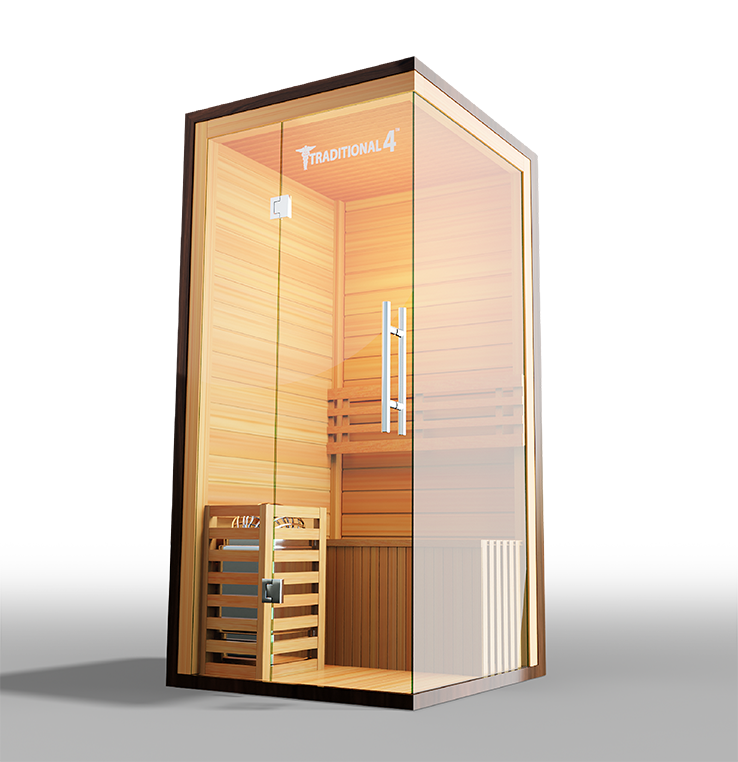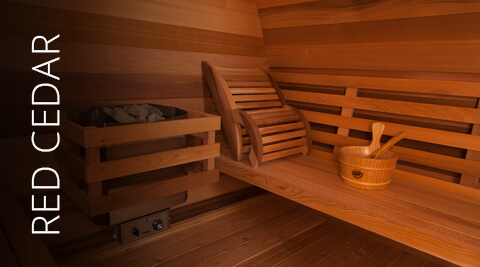The Of Traditional Sauna
The Of Traditional Sauna
Blog Article
Traditional Sauna Things To Know Before You Get This
Table of ContentsThe Only Guide for Traditional SaunaExcitement About Traditional SaunaThings about Traditional SaunaGetting The Traditional Sauna To Work
A lot of the weight lost in a sauna is water loss and is re-gained upon rehydrating. Without an uncertainty sauna can be an important part of a healthy and balanced weight loss program. To take a look at the distinctions between conventional and IR saunas, I will divide these into proven, theoretical, and produced differences.Therefore, the best factor in the saunawhich goes to the ceiling directly over the sauna heateris normally between 185 and 190 F. Traditional Sauna. Claims that a typical sauna exceeds 200 F is simply not real and not applicable for electrical saunas offered in the US. The temperature level for a far-infrared sauna is typically set in between 120 and 140 F; nonetheless, unlike the standard sauna, the goal in and IR space is not to attain a high temperature level
Due to this, the temperature distinction is practically unimportant, considering that profuse sweating results in both sauna kinds, but the method of heating up the body is various. In an IR sauna the bather will certainly really feel warm and will sweat a lot, however at much lower temperature levels. Therefore, if the goal is to invest longer durations of time in the sauna, the IR sauna is an excellent choice.

Traditional Sauna Can Be Fun For Everyone
When the heat is accomplished, the elements cycle on and off to preserve the heat. Most conventional sauna individuals delight in putting water over the rocks to develop vapor to raise sauna moisture levels. The advantages of pouring water over the rocks include: making the room extra comfy, dampening the nasal flows, and allowing the usage of aromatherapy by blending essential oils with the water.
In a far-infrared sauna, the heat waves pass through the body to effectively warm the body and elevate the body core temperature. To accomplish this boosted temperature level, Far-infrared emitters produce infrared energy which is close to the same wavelength as that which the body naturally emitsoften referred to as the "Vital Array" of 7 to 14 microns), so the energy is well gotten by the body.
When the power goes into the body, it triggers the body temperature to raise and eventually results in sweat. In an infrared sauna it is very important for the emitters/heaters to remain on nearly frequently. Since there is no mass of rocks to maintain warm, the sauna will cool if the emitters shut down.
As mentioned above, the sauna bather in an infrared area wishes to position himself before running emitters to obtain maximum gain from the warmth. The home heating time for both spaces can be very various, depending on exactly how the spaces are utilized. For a standard sauna, a bather ought to allow 30-40 mins for the space to achieve a wanted temperature and to correctly pre-heat the rocks.
The Main Principles Of Traditional Sauna
A well constructed sauna will typically accomplish a temperature level of 150-160 F in regarding 30-40 mins (Traditional Sauna). For hotter temperatures, the area might need to heat for a longer period. As soon as the room special info attains set temperature level, the heater will certainly cycle on and off, commonly operating regarding 50% of the moment. The shielded walls and the warmed rocks will certainly keep the space warm and at stable temperatures.
To some, 15 minutes was "thrown away" blog while the infrared energy warmed the wood panels rather than heating up a body, while others locate a pre-heated room to be more comfy and think a raised beginning temperature level is necessary to begin perspiring. The length of advised usage for each room is about the very same (10-15 mins per session); nonetheless, due to the lower air temperatures and the capacity to really feel the results of infrared warmth much faster than a typical sauna, it is not unusual for a person to invest an overall of 20-30 mins in an infrared sauna.
Traditional saunas often tend to be bigger (therefore utilize even more power) than infrared saunas, although conventional saunas are definitely offered in one and two person sizes as well. For a two-person standard sauna, 5x6 or 5x7 dimension is most prominent. The top bench can pleasantly seat 2 or 3 individuals and is additionally long sufficient to relax throughout the sauna session.


The average price per kWH of electrical power in the U.S. is about $0.11, so a 4.5 kW heating unit will certainly cost around $.50 to run for one hour, if the heating system runs continuously for one hour. Typically a sauna heating unit will compete 75% of the initial hour and 50% of subsequent hours on considering that the elements cycle once the established temperature is accomplished.
The 45-Second Trick For Traditional Sauna
A two person far-infrared space is usually physically smaller sized than a standard sauna, often about 4' x 4' or smaller. The IR heating system is typically 1.5-1.7 kW utilizing a 120 volt 15 amp plug-in service. Considering that the area can be made use of sooner than a sauna area, we will certainly think the space is utilized for to of an hour consisting of heat up time.
Lastly, there is a rarely talked about difference in the social experience in between the 2 areas. While our society has actually shed some of the social advantage of the standard sauna experience, it can be very socially gratifying. From family members time in the sauna, to heart-felt conversations with considerable others, to sauna partiesthe standard sauna experience can result in intimate mingling.
Most higher end infrared areas consist of colored light therapy, stereo and full-glass fronts. The dimension of the majority of spaces allow for 2 people to conveniently use the area, while some see here now styles may permit for a third or 4th person to make use of the space. Personalized infrared spaces are also readily available, with space sizes available approximately 7' x 8' x 7' high.
Report this page